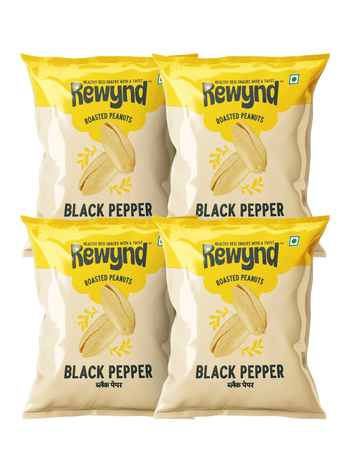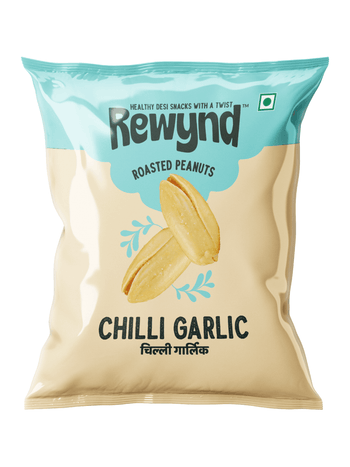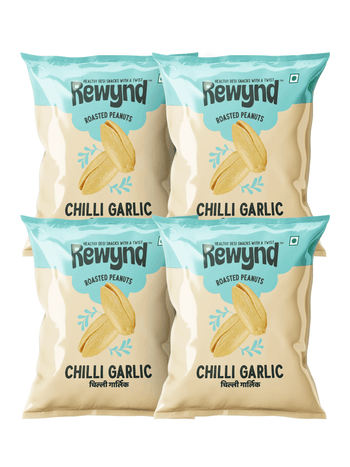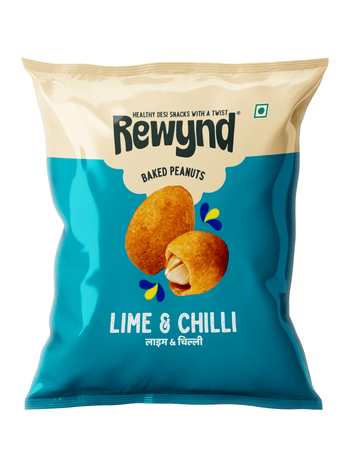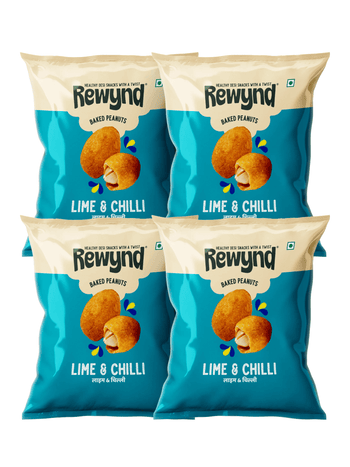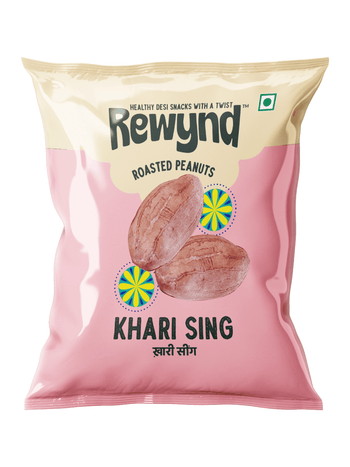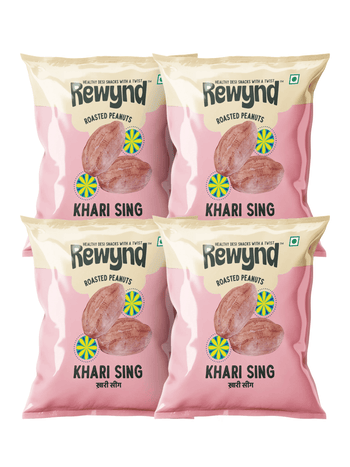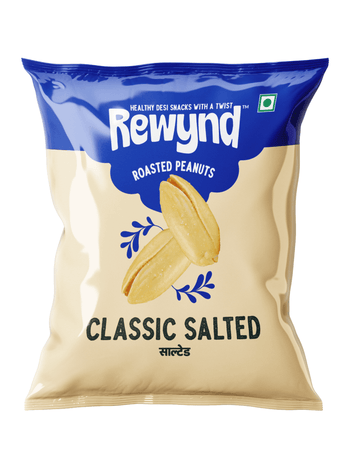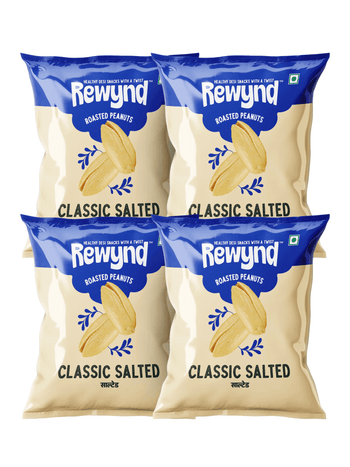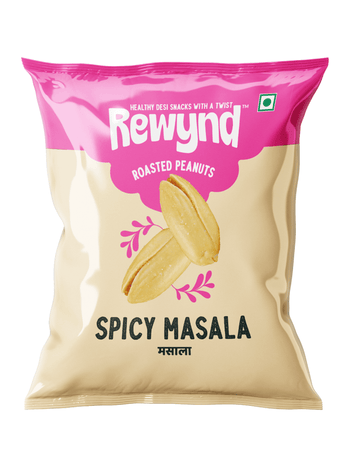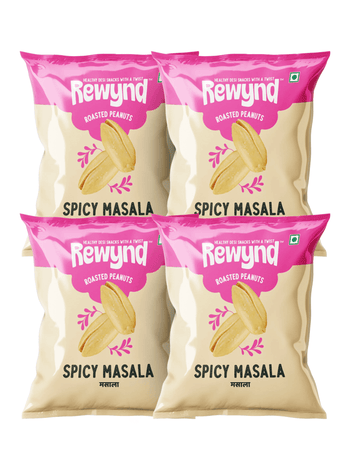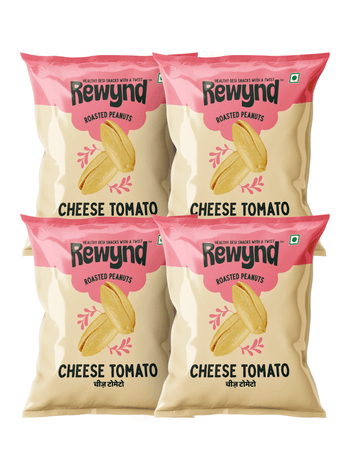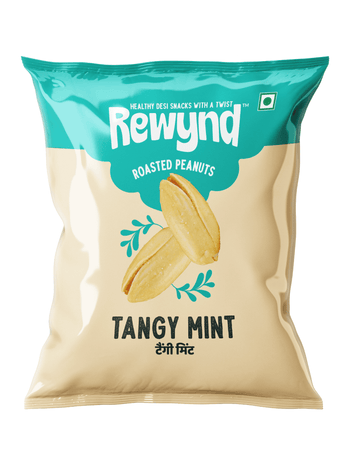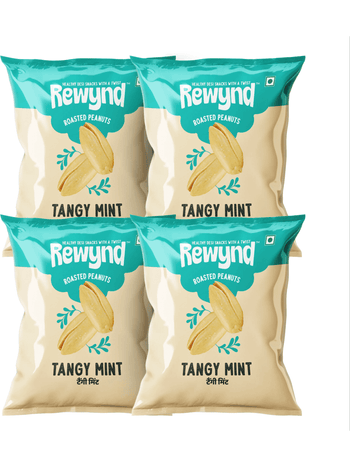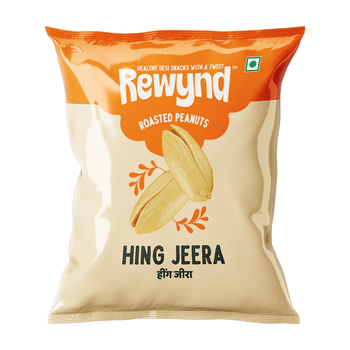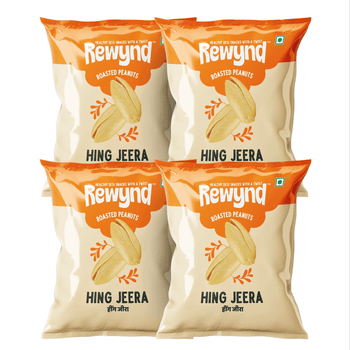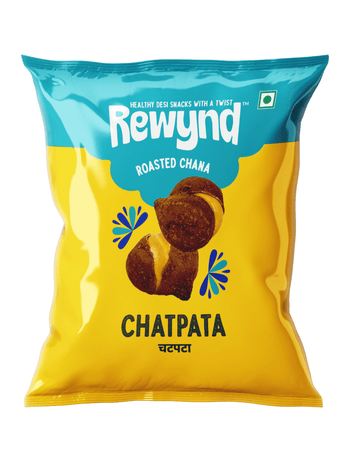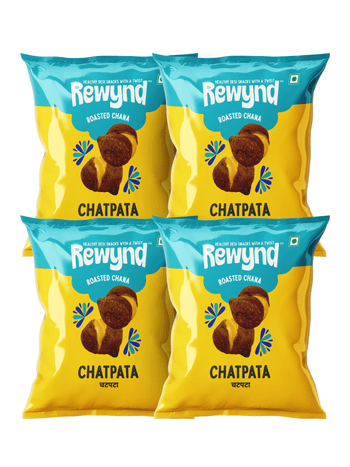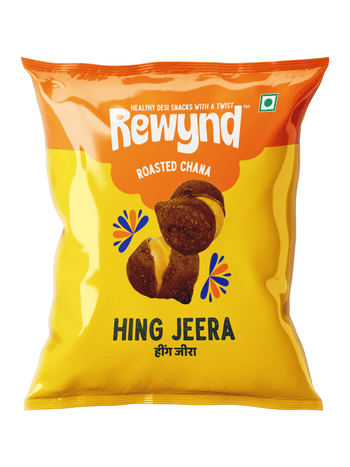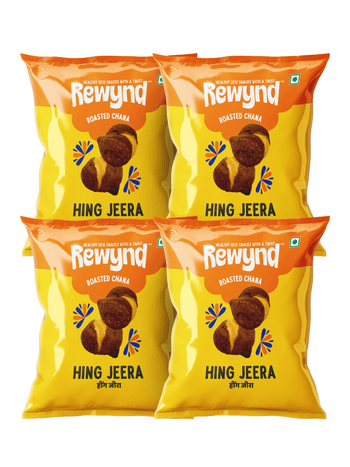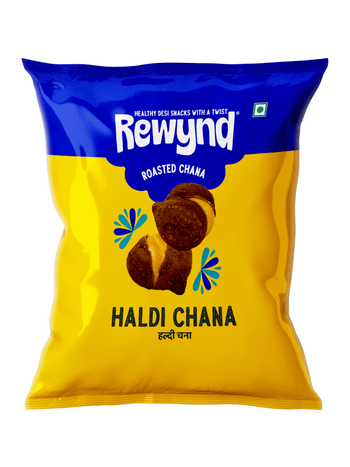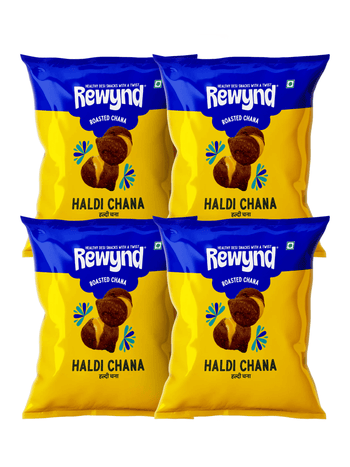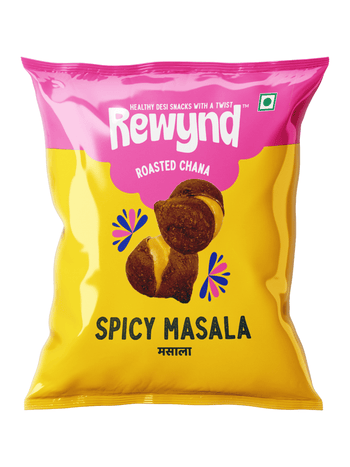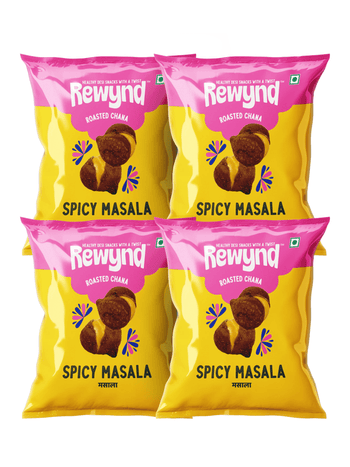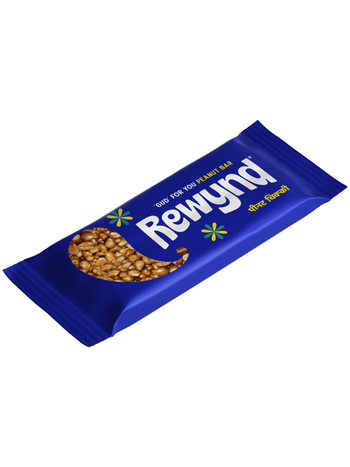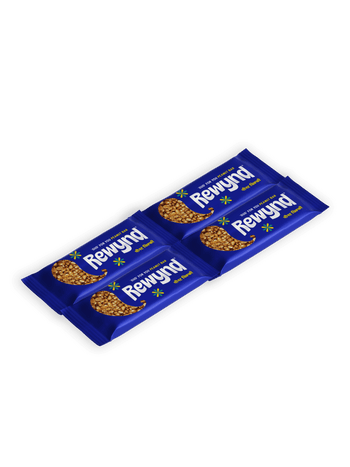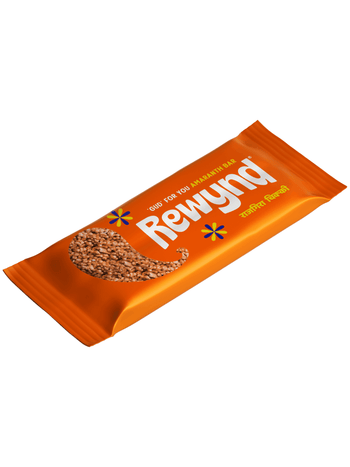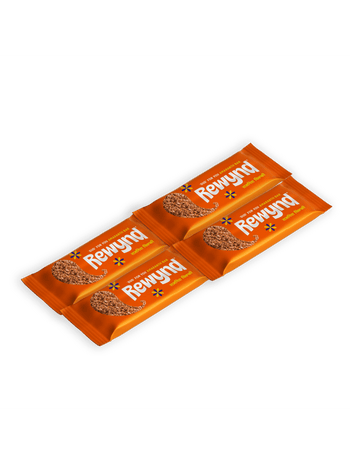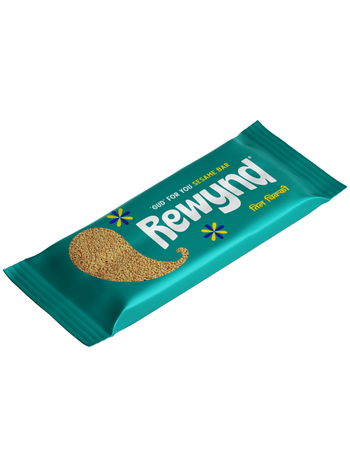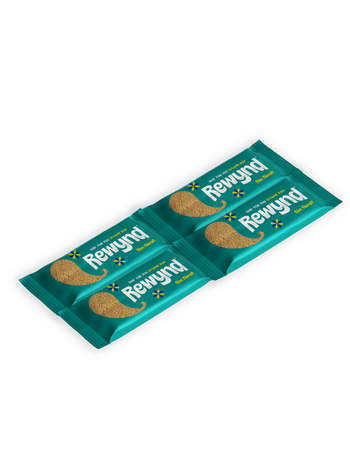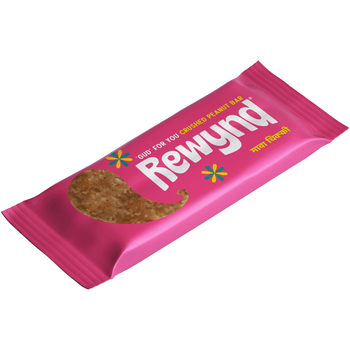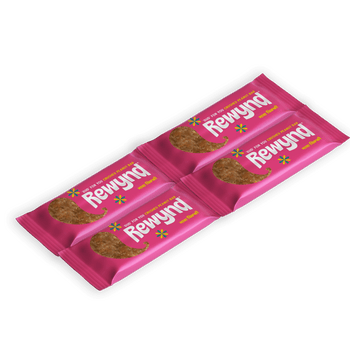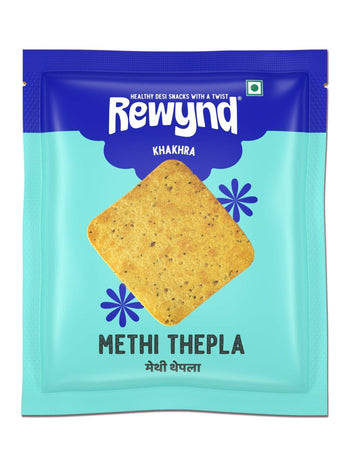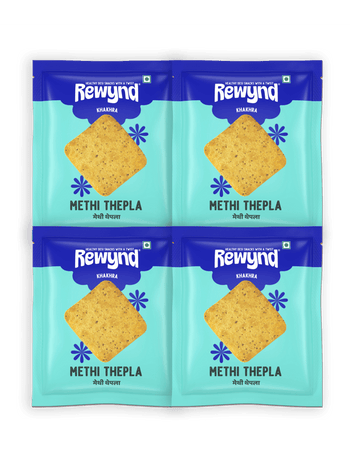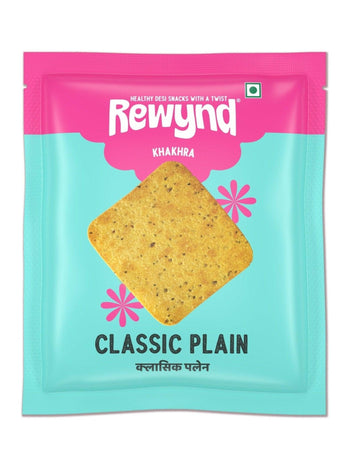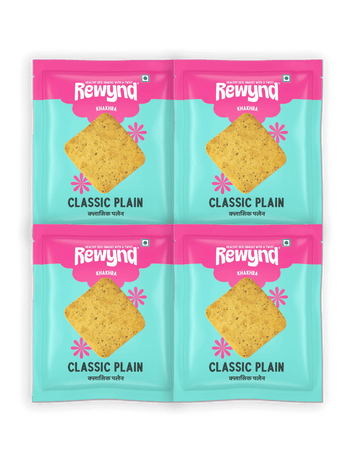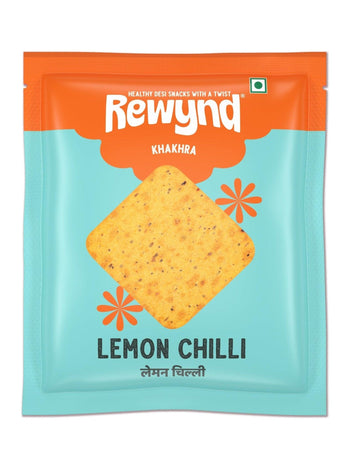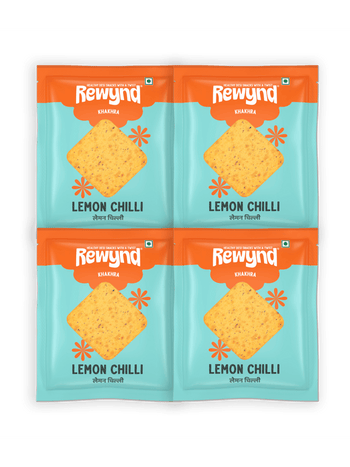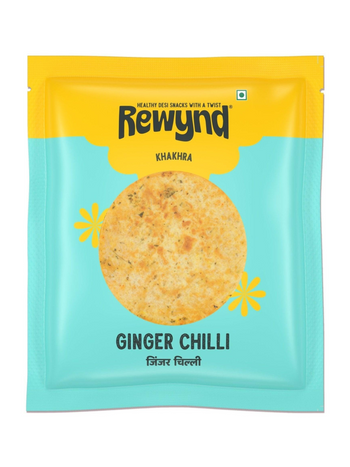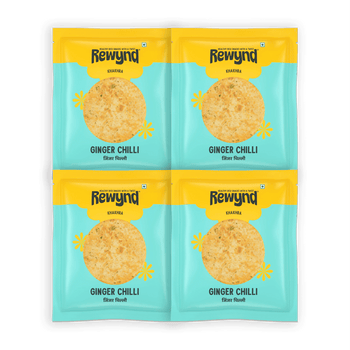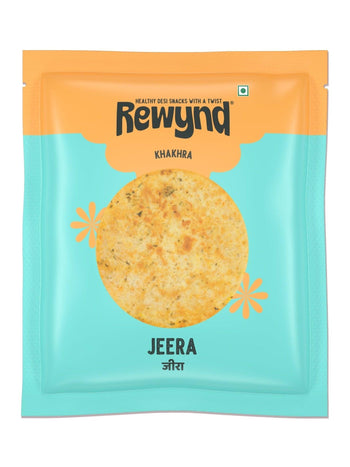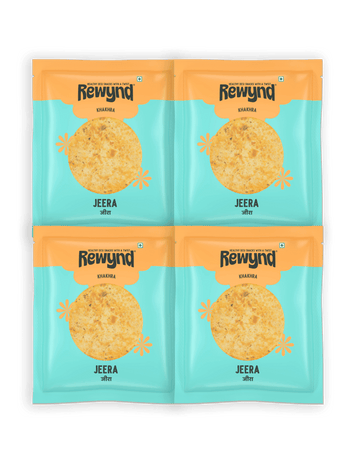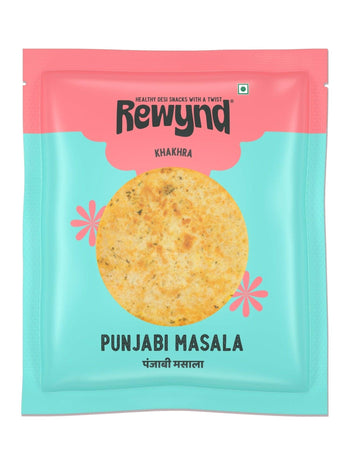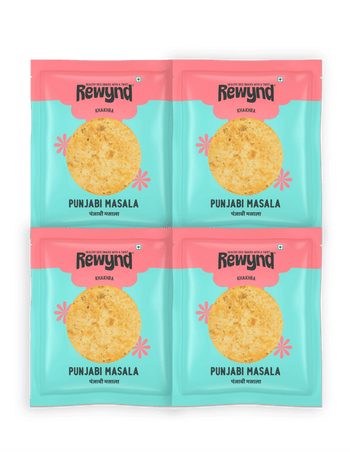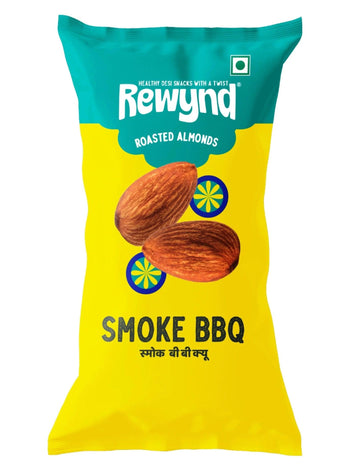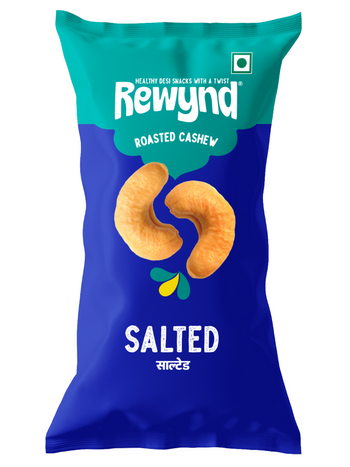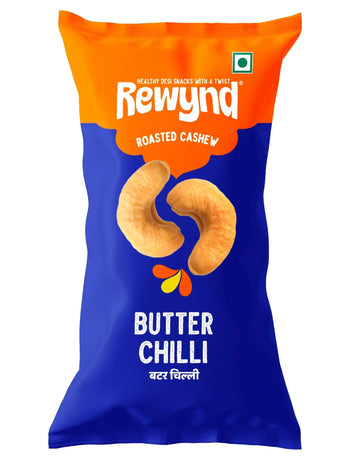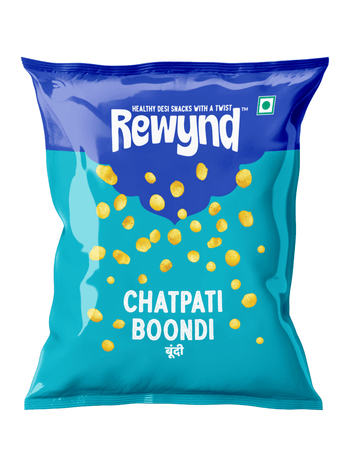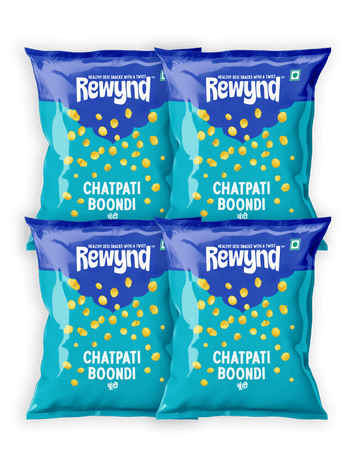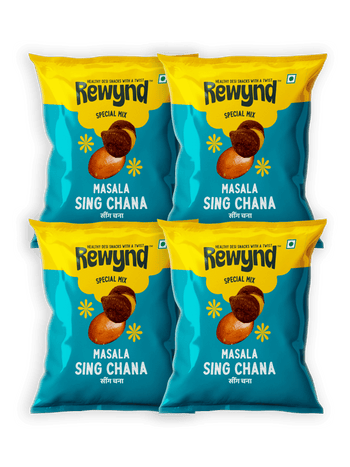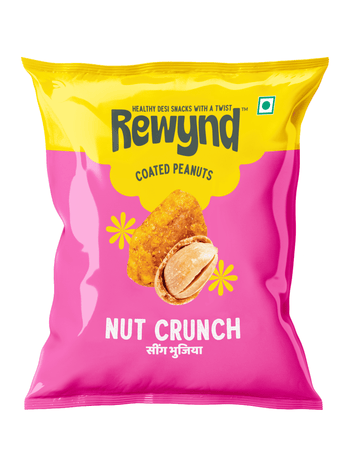Reading nutrition labels might feel tricky, but it’s a powerful tool for making healthier food choices. Here’s a quick guide to help you understand what matters and how to use it.
1. Start with the Serving Size and Servings per Container
The serving size tells you the amount of food that the nutritional information is based on. It is important to understand that all the nutrients listed on the label are for one serving only. You must multiply the numbers if you eat more than one serving.
-
Tip: Make sure to compare the serving size with the amount of food you actually consume. For example, if the serving size is 1 cup but you're eating 2 cups, double all the numbers on the label.
Also, check the servings per container. This tells you how many servings are in the entire package. This is especially helpful if you're eating snacks or larger food items that may be consumed in one sitting.
2. Check the Calories
Calories measure the amount of energy you get from a serving of food. This is important if you're monitoring your weight or energy intake.
-
Tip: If you're trying to maintain or lose weight, be mindful of how many calories you eat. If the calories per serving seem high, consider whether you eat one or more. Eating multiple servings can quickly add up to more calories than you realize.
3. Look at the Nutrients
The nutrients section breaks down all the essential components in your food and focuses on the types of nutrients that can impact your health.
Nutrients to Limit:
-
Saturated Fat: This type of fat can raise your cholesterol levels, increasing the risk of heart disease. Pay attention to foods high in saturated fat, especially if you are trying to reduce your risk of heart disease.
-
Sodium: High sodium intake is linked to high blood pressure and heart disease. Check the sodium content, and be mindful of processed foods that tend to have high levels of salt.
-
Added Sugars: Excess sugar intake can contribute to weight gain, obesity, and other chronic health problems like diabetes. Monitor the "Added Sugars" section to monitor how much sugar has been added to the food.
Nutrients You Want More Of:
-
Dietary Fiber: Fiber is important for digestion and helps you feel fuller longer, making it a great nutrient for weight management. Foods high in fiber also help regulate blood sugar levels.
-
Vitamins and Minerals: Vitamin D, Calcium, Iron, and Potassium are some of the nutrients that help support your immune system, bones, and overall health. Many people don't get enough of these nutrients, so looking for foods that provide them is essential.
4. Understanding the Percent Daily Value (%DV)
The Percent Daily Value (%DV) shows how much a nutrient in a serving of food contributes to a daily diet based on a standard 2,000-calorie daily intake. It helps you determine if a food item is high or low in a particular nutrient.
-
5% DV or less is considered low for that nutrient.
-
20% DV or more is considered high for that nutrient.
-
Tip: If you want to increase or decrease specific nutrients, use the %DV to guide your choices. For example, if you want more fiber in your diet, look for foods that have a high %DV for fiber- Try High Fiber Rewynd's Roasted Chana (32%dv).
5. The Importance of Balancing Nutrients
It's easy to focus on calories alone but remember, balance is key. A healthy diet isn't just about avoiding certain nutrients—it's about choosing a variety of foods that provide a wide range of vitamins, minerals, and other beneficial nutrients. For example, while you may want to limit sodium and added sugars, you should focus on incorporating foods that provide healthy fats, protein, and fiber.
-
Tip: Try not to judge food based solely on one nutrient. If a food is low in calories but high in added sugars or unhealthy fats, it might not be the healthiest option in the long run.
6. Reading the Ingredient List
The ingredient list is another critical part of the label. It tells you exactly what's in the product. Ingredients are listed in order of quantity, meaning the first ingredient is the most prominent, and the last ingredient is the least.
-
Tip: Always check the first few ingredients to see if they are real, recognizable foods (like fruits, vegetables, whole grains, etc.) or if they are filled with additives and preservatives. Try to avoid foods with long ingredient lists or ingredients you can't pronounce.
-
Bonus: Look out for added sugars hiding under different names like high-fructose corn syrup, honey, or agave nectar. These can be just as problematic as the sugar listed as "added sugars."
Benefits of Understanding Nutrition Labels
-
Better Physical Health
-
Choosing foods rich in fiber and low in unhealthy fats can boost your energy, aid digestion, and improve heart health.
-
For example, Rewynd's peanuts are an excellent source of protein and fiber, perfect for a quick, healthy snack.
-
Mental Clarity and Focus
-
Nutrient-rich foods improve your mood and help you focus better, reducing mental fatigue.
-
Healthy fats, like those in peanuts, play an important role in brain function and mental clarity.
-
Longevity and Wellness
-
Eating foods with high nutrients and low unhealthy fats helps to prevent chronic diseases like diabetes and heart disease, and improves overall longevity.
-
Rewynd's focus on whole, natural snacks supports your long-term health goals.
Final Thoughts
Nutrition facts labels are not just for marketing—they're designed to help you make healthier food choices. By understanding and using these labels effectively, you can ensure that you're fueling your body with the nutrients it needs while avoiding foods that could harm your long-term health.
The next time you go shopping, take a moment to read the nutrition facts and empower yourself to make choices that benefit your health and well-being.


